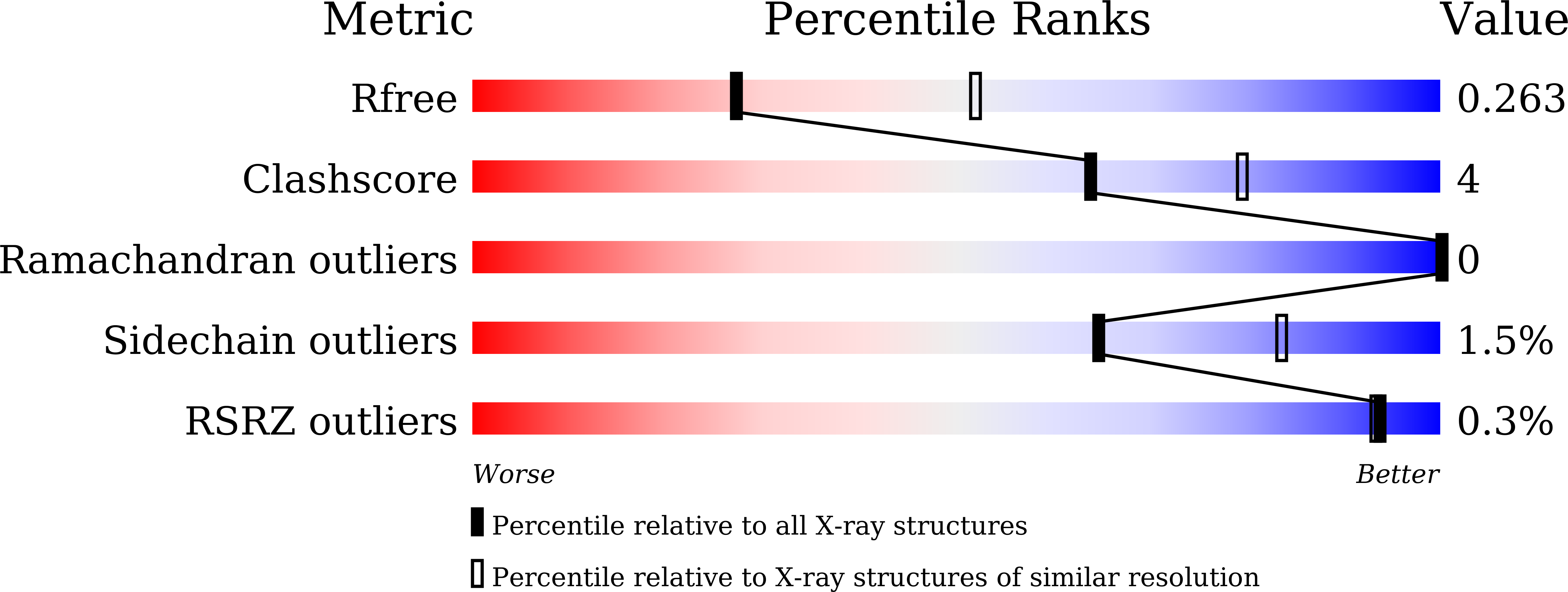
Deposition Date
2021-02-11
Release Date
2022-02-02
Last Version Date
2024-05-29
Entry Detail
Biological Source:
Source Organism:
Parvibaculum lavamentivorans DS-1 (Taxon ID: 402881)
Host Organism:
Method Details:
Experimental Method:
Resolution:
2.60 Å
R-Value Free:
0.26
R-Value Work:
0.22
R-Value Observed:
0.22
Space Group:
P 21 21 21


